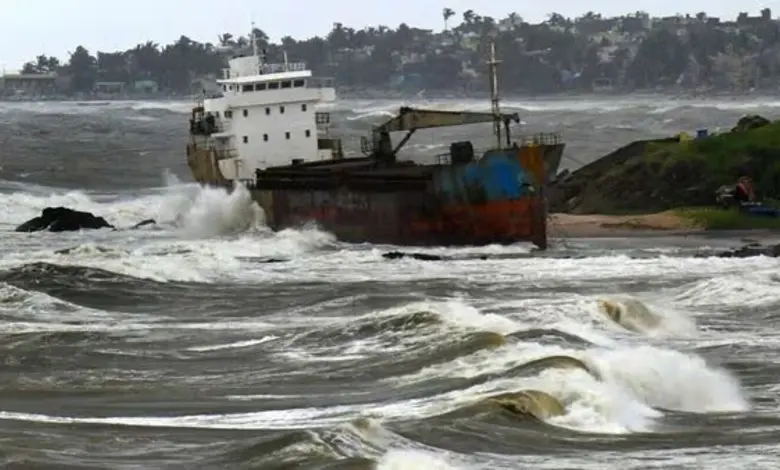Cyclone Montha, a severe cyclonic storm, made landfall along India’s eastern coast early Friday, unleashing winds between 90–110 km/h and triggering heavy rainfall across Andhra Pradesh and Odisha. The storm brought widespread power outages, uprooted trees, and caused flooding in several coastal towns as authorities raced to ensure public safety.
Mass Evacuations and Emergency Response
Over 70,000 residents have been evacuated from low-lying and vulnerable areas ahead of the storm, according to local officials. The India Meteorological Department (IMD) issued red alerts for multiple districts, warning of storm surges, flooding, and infrastructure damage. Disaster management teams, the National Disaster Response Force (NDRF), and state emergency units have been deployed to assist with rescue operations and maintain communications in cyclone-hit regions.
Severe Winds and Coastal Damage
As Montha made landfall, coastal villages reported fallen trees, damaged homes, and power disruptions due to high winds and heavy rain. Authorities have suspended all fishing operations along the Bay of Bengal and urged residents to remain indoors until conditions stabilize. Emergency shelters have been set up to accommodate displaced families.
Storm to Weaken but Heavy Rains Continue
Meteorologists expect Cyclone Montha to weaken into a deep depression within the next 24 hours as it moves inland. However, heavy rainfall is forecast to continue across parts of Telangana, Chhattisgarh, and West Bengal, raising the risk of flooding in river basins and urban centers.
Growing Climate Concerns
The storm marks one of the strongest cyclones to strike India’s eastern coast this season, highlighting the region’s growing vulnerability to severe climate-related weather events. Experts warn that rising sea surface temperatures in the Bay of Bengal are contributing to more intense and unpredictable cyclonic activity.

